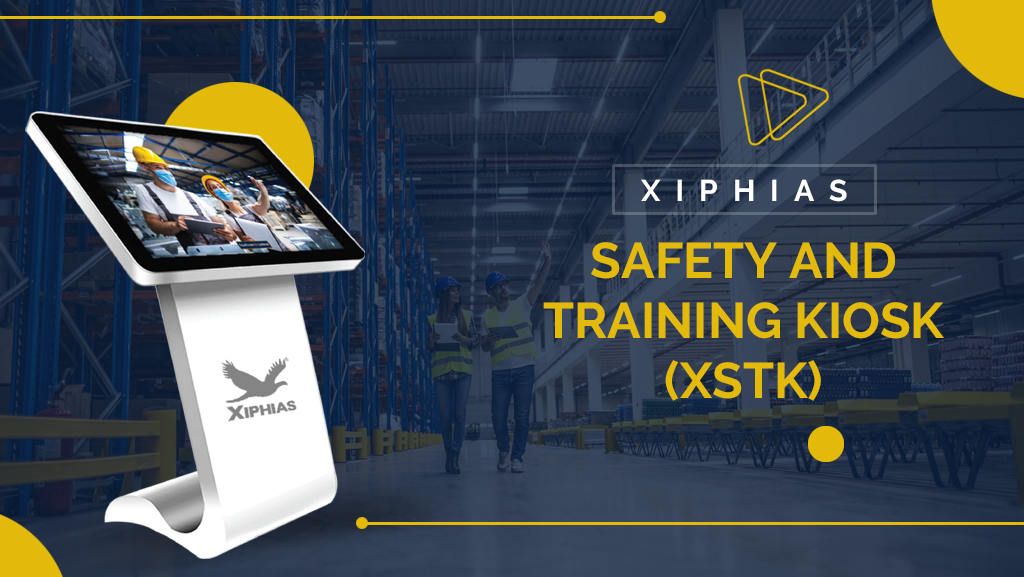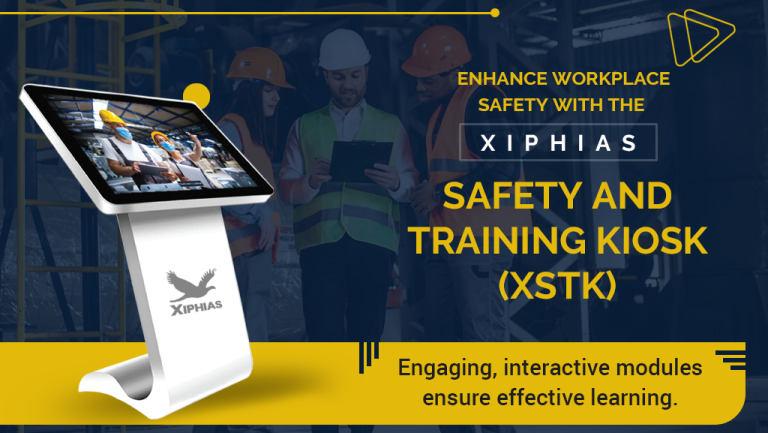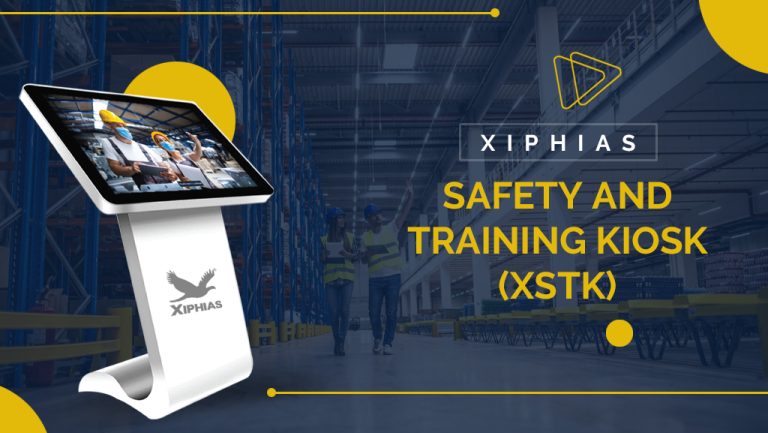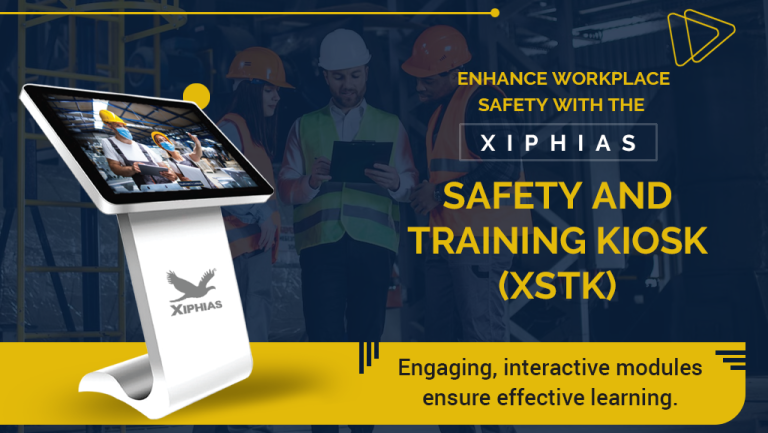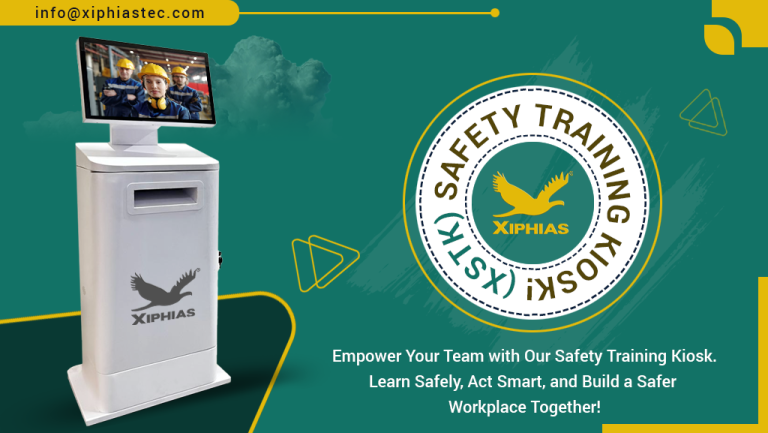Efficient and Effective Safety Training: Unleashing the Potential of Safety Training Kiosks
In today’s fast-paced world, workplace safety is a paramount concern. Companies are continuously seeking innovative ways to ensure their employees are well-trained in safety protocols. Traditional training methods, while effective, often consume significant time and resources. Enter safety training kiosks -a modern, efficient, and effective solution that is transforming the way organizations approach safety training. These kiosks are revolutionizing workplace safety by offering an engaging, flexible, and cost-effective alternative to conventional training programs.
The Evolution of Safety Training
Historically, safety training involved classroom sessions, printed manuals, and lengthy presentations. While these methods provided comprehensive information, they often lacked engagement and interactivity. Employees would sometimes find it challenging to retain critical safety information, leading to potential risks. The digital age has ushered in a new era of training solutions, and safety kiosks are at the forefront of this evolution.
What are Safety Kiosks?
Safety kiosks are interactive, standalone units equipped with digital training programs. These kiosks can be strategically placed within workplaces, allowing employees to access training modules at their convenience. They are designed to be user-friendly, ensuring that employees of all skill levels can navigate through the training content effortlessly.
Benefits of Safety Training Kiosks
Efficiency and Flexibility
Safety kiosks offer unparalleled efficiency. Unlike traditional training sessions that require scheduling and coordination, kiosks provide on-demand access to training materials. Employees can complete training at their own pace, minimizing disruptions to their work schedules. This flexibility is particularly beneficial in industries with shift work or high employee turnover, as it ensures that training can be conducted without delay.
Cost-Effective Solution
Implementing training kiosks can lead to significant cost savings. Traditional training methods often involve costs related to hiring trainers, printing materials, and renting training spaces. Kiosks eliminate these expenses, offering a one-time investment that provides ongoing benefits. Additionally, the ability to update digital content easily means that companies can keep their training materials current without incurring additional costs.
Enhanced Engagement and Retention
Interactive training modules on kiosks are designed to engage employees actively. Features such as quizzes, simulations, and multimedia content make the training experience more engaging and memorable. Research indicates that interactive learning can significantly improve information retention compared to passive learning methods. By making training more engaging, kiosks help ensure that employees retain crucial safety information and apply it in their daily tasks.
Consistency and Standardization
Safety training kiosks ensure that all employees receive the same training experience. In traditional training settings, the quality of instruction can vary depending on the trainer’s effectiveness. Kiosks deliver standardized content consistently, ensuring that every employee receives the same high-quality training. This consistency is crucial for maintaining safety standards across the organization.
Immediate Accessibility and Tracking
Kiosks provide immediate access to training modules, making it easier for new hires to complete required training before starting their duties. Additionally, most kiosks come with tracking capabilities, allowing employers to monitor who has completed the training and assess their performance. This feature is invaluable for compliance purposes and helps identify areas where additional training might be necessary.
Real-World Applications
Safety kiosks are being adopted across various industries, demonstrating their versatility and effectiveness. In the manufacturing sector, for example, kiosks provide training on equipment safety, hazardous materials handling, and emergency procedures. Construction companies use kiosks to educate workers on site-specific safety protocols and compliance requirements. Even healthcare facilities are leveraging kiosks to train staff on patient safety and infection control practices.
Overcoming Challenges
While the benefits of safety kiosks are clear, there are challenges to consider. One potential issue is the initial cost of purchasing and installing the kiosks. However, the long-term savings and benefits often outweigh the upfront investment. Another challenge is ensuring that all employees are comfortable using the technology. Providing initial guidance and support can help overcome this hurdle and ensure a smooth transition to kiosk-based training.
The Future of Safety Training
As technology continues to advance, the capabilities of safety kiosks will only improve. Future iterations may incorporate virtual reality (VR) and augmented reality (AR) to provide even more immersive training experiences. AI-powered kiosks could offer personalized training paths based on an employee’s performance and learning style. The integration of these technologies will further enhance the effectiveness of safety training, making workplaces safer and more efficient.
Conclusion
Safety training kiosks represent a significant leap forward in workplace safety training. They offer a flexible, cost-effective, and engaging alternative to traditional training methods. By providing on-demand access to standardized, interactive training content, kiosks ensure that employees receive the training they need when they need it. As more organizations recognize the benefits of this innovative solution, safety kiosks will become an integral part of workplace safety programs. Investing in these kiosks is not just about compliance; it is about creating a safer, more productive work environment for everyone.

